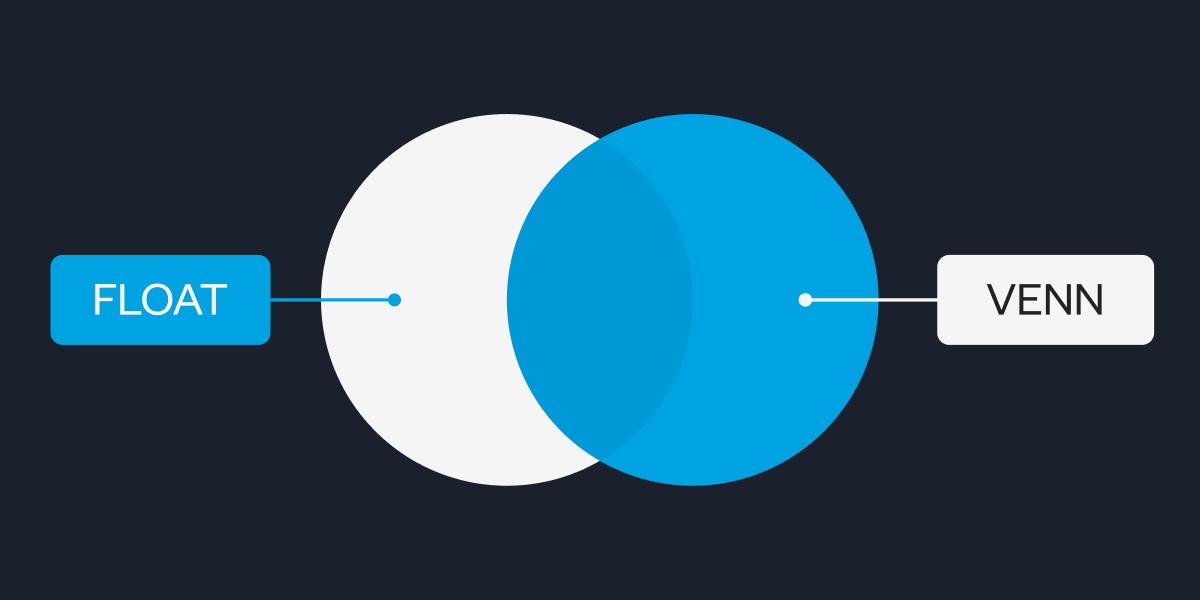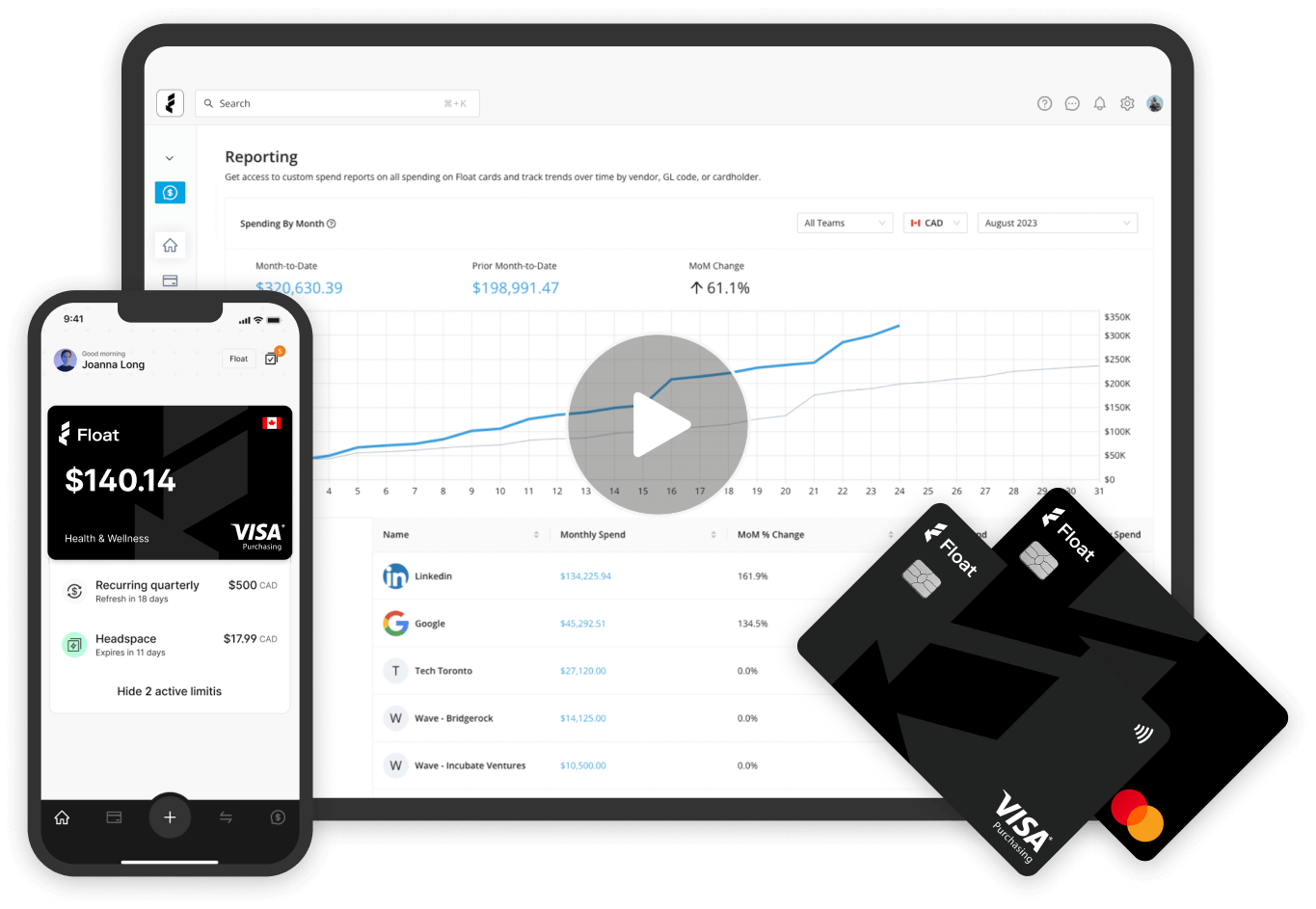Cash Flow Optimization
Net Working Capital: How to Measure & Manage It
Let’s explain what net working capital is, how to calculate it and tips for best ways to use it.
October 8, 2025

Strong sales don’t always translate into smooth operations. If cash is tied up in receivables or inventory, or if bills are coming due faster than money comes in, your business can run into problems even while reporting profits.
That’s why net working capital (NWC) matters. It’s a simple measure of short-term liquidity that shows whether you can cover day-to-day obligations and keep operations running. In this guide, we’ll explain what NWC is, how to calculate it and strategies you can use to manage it more effectively.
What is net working capital?
Net working capital (NWC) measures a company’s short-term liquidity and operating efficiency. At its simplest, it’s the difference between what you own in the near term and what you owe in the near term.
The basic net working capital formula
NWC = Current Assets – Current Liabilities
- Current assets include cash, accounts receivable, inventory and other assets that can be converted into cash within 12 months.
- Current liabilities include accounts payable, short-term loans, accrued expenses and anything else due within a year.
For example, if your business has current assets of $500,000 and current liabilities of $350,000, then:
NWC = $500,000 – $350,000 = $150,000
This positive balance means you can cover short-term obligations and still maintain a financial cushion.
Net working capital vs. working capital
The terms “working capital” and “net working capital” usually mean the same thing: the difference between current assets and current liabilities. The word net simply highlights that it’s a balance, or more simply, what’s left over after subtracting liabilities from assets.
Make expense management even easier
Streamline your business spending with automation tools built right into Float.
Why net working capital matters
Net working capital is a critical metric to know for your business, as it’s a clear snapshot of your company’s liquidity and short-term financial health. When looking at your net working capital, you’ll typically see:
- Positive NWC: You have enough to cover obligations and still keep operations moving.
- Negative NWC: Cash is flowing out faster than it’s coming in, signalling potential risk.
- Consistently healthy NWC: Gives you the flexibility to invest, expand and withstand downturns.
In times of rising costs or economic uncertainty, strong NWC management becomes even more critical. It helps your business stay resilient and ready to seize opportunities when others may be forced to pull back.
How to calculate net working capital
Calculating net working capital is straightforward, but the details matter. There are different ways to calculate net working capital, depending on how much detail you want to capture.
Step-by-step (basic formula)
Let’s first start with the simple approach. This is the quickest way to see your short-term cushion.
- Add up your current assets (cash, receivables, inventory, prepaid expenses)
- Add up your current liabilities (accounts payable, short-term debt, accrued expenses)
- Subtract liabilities from assets
Formula:
NWC = Current Assets – Current Liabilities
Net working capital example:
- Current assets = $500,000
- Current liabilities = $350,000
- NWC = $500,000 – $350,000 = $150,000
This means that the business has a $150,000 buffer to cover near-term bills.
Other ways to calculate
If you want a closer look at operations, you can adjust the formula:
- Operating formula: Excludes cash, securities and debt.
- Narrow formula: Focuses only on receivables, inventory and payables.
These variations highlight how much liquidity is tied to operations rather than cash or financing.
Tracking changes
You can also measure the change in net working capital by comparing periods. For example, if NWC was $150,000 last quarter and $100,000 this quarter, the $50,000 decrease means cash has been freed up.
Ratios to compare
Alongside NWC, ratios like the current ratio (Current Assets ÷ Current Liabilities) and quick ratio ((Current Assets – Inventory) ÷ Current Liabilities)) provide useful context. But NWC is still the most direct measure of short-term liquidity.
What does “good” net working capital look like?
There’s no single “good” number for net working capital, as much depends on your business model and industry. For instance, manufacturers often need higher NWC to cover long production cycles, while service firms can run leaner because they hold little to no inventory. A retailer, on the other hand, might operate with negative NWC and still be healthy because they sell inventory before supplier payments are due.
The best way to assess your NWC is by tracking your own results over time and comparing them to industry peers, rather than relying on a fixed benchmark.
Common challenges that affect net working capital
Even with a solid balance sheet, everyday business realities can put pressure on your net working capital. Some of the most common challenges include:
- Late customer payments: Receivables pile up and delay the cash you need to run operations.
- Excess inventory: Cash gets locked into stock that isn’t moving quickly enough.
- Short-term debt: Repayment deadlines can drain liquidity and limit flexibility.
- Seasonal demand swings: Peaks and valleys in sales create uneven inflows and outflows, making planning difficult.
Recognizing these challenges early is the first step toward improving your net working capital and avoiding cash flow crunches.
Strategies to improve & manage net working capital
Strong net working capital management helps smooth out cash flow swings and gives you more control over day-to-day operations. Here are proven tactics to help you master it:
- Speed up receivables: Tighten credit terms, send timely invoices and follow up on late payments.
- Negotiate supplier terms: Extend payment terms without harming relationships.
- Streamline inventory: Use just-in-time practices or forecasting tools to reduce excess stock.
- Leverage short-term financing: Options like lines of credit, invoice factoring or interest-free credit access like Float’s Charge Card (combined with Business Accounts) can help smooth cash flow and provide quick access to working capital.
- Invest in forecasting: Using real-time expense tracking and ERP integrations—like those offered by Float—can be great tools to help support more accurate cash flow forecasting.
Proactive management ensures your reserves are working for you instead of sitting idle or getting stuck in receivables and inventory.
For more information, read our guide on how to leverage credit for effective working capital management.
How Float helps improve your net working capital
Float’s complete business finance platform helps improve your net working capital by:
- Providing fast, unsecured credit with Charge so you don’t need to tap into reserves
- Earning up to 4% on funds held in your Float Business Account
- Enabling faster, controlled spending through real-time card and approval management
- Reducing FX and wire fees with transparent, low-cost international payments
Try Float for free
Business finance tools and software made
by Canadians, for Canadian Businesses.
The bottom line on net working capital
Net working capital is one of the clearest indicators of your company’s financial health. It shows whether you can meet short-term obligations and how efficiently your business is operating.
The key is to calculate NWC regularly, track changes over time and apply strategies that strengthen your position. Done well, it gives your business the resilience to handle today’s challenges and the flexibility to seize tomorrow’s opportunities.
Float can help you get there. With tools to cut down on expense reporting, resources to tackle cash flow problems and a deeper explanation of working capital, you’ll be set up to make every dollar work harder for your business.
Written by
All the resources

Expense Management
Float vs Venn: Which Solution Fits Your Business?
What's right for your business, Float or Venn? This article dives into the pros and cons of each, as well
Read More
Cash Flow Optimization
How to Make EFT Payments in Canada: Complete 2025 Guide
Learn how to initiate EFT Payments as a Canadian Business and innovative solutions available on the market, like Float, that
Read More
Cash Flow Optimization
Cash Flow Management for Canadian Businesses: 2025 Strategic Guide
Unlock business growth with our ultimate guide to understanding and improving cash flow in your business. Learn key strategies and
Read More




